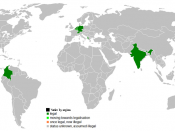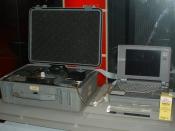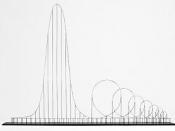Euthanasia: Conceptual and Ethical DistinctionsMany conflicts arise as patients' quality of life deteriorates and there is seemingly no end to pain; these conflicts may be between physicians, patients, families, and other health care providers (Pozgar & Santucci, 2005). With changes in end-of-life care brought about by technological advances, there may be a need to redefine "quality of life" and a need to look at "dying with dignity" (Porter, Johnson, & Warren, 2005). Numerous legal and ethical dilemmas are inherent in these much debated topics of health care. This paper will address some of the dilemmas associated with euthanasia and physician assisted suicide.
Determining DeathAs technology has improved and has been used increasingly to save and sustain life, the definitions of death have changed (Porter et al., 2005). Death has historically been defined as the "â¦irreversible cessation of the vital functions of respiration, circulation, and pulsation" (Porter et al., Death and How it is Determined section, ö 1).
However, with the use of many life-sustaining devices, a newer definition of death includes the concept of human potential (Porter et al.). This concept of human potential includes the ability of the individual to communicate and interact with other individuals, to interact with the environment, and to react to a variety of stimuli (Porter et al.). When an individual lacks these capabilities, then they lack the requisite for life (Porter et al.).
Death may be determined in a variety of ways, however, the most common way of determining death is by electroencephalography (EEG) of brain function (Porter et al, 2005). Porter et al. noted that when the EEG shows no traces of brain activity for 48 hours, the individual is considered to be brain dead, even when respiration and heart function may still be supported by technology (Porter et al.). However, according to...



Ok
it is ok, but short of information
0 out of 0 people found this comment useful.